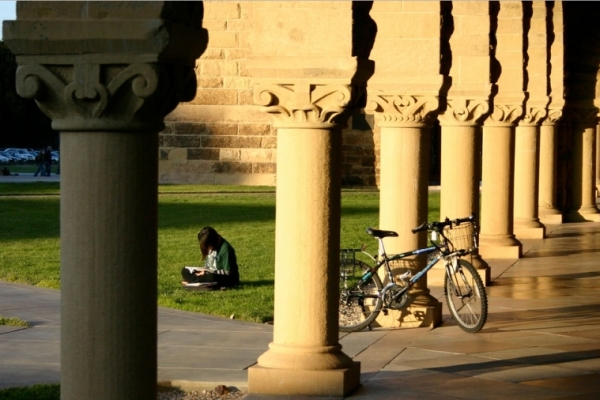
WORKING in the USA
If you are an international student studying in the US, you have the opportunity to work part-time but remember that you are restricted by the terms of your visa. It is a MUST that you know all the requirements and restrictions concerning your visa.
US Employment Rules for F1 Students
Most international students in the United States hold an F-1 visa, which is the U.S. non-immigrant student visa. F-1 students are allowed to work in the United States, but only under certain conditions and in accordance with complex guidelines and restrictions issued by the United States Citizenship and Immigration Service (USCIS).
On-Campus Employment
On-campus employment is the category most freely permitted by the USCIS regulations, and it does not require USCIS approval. However, although F-1 status includes an on-campus employment privilege, on-campus employment opportunities at most schools are limited. Even if you can obtain a job on campus, you may not rely on it to prove financial resources for the year, and often these jobs are not related to your studies.
For on-campus work, an F-1 student is subject to the following rules:
You must maintain valid F-1 status
You can work up to 20 hours per week while school is in session
You can work full-time on campus during holidays and vacation periods if you intend to register for the next academic semester
The employment may not displace (take a job away from) a U.S. resident
Optional Practical Training (OPT)
International students in the U.S. in valid F-1 immigration status are permitted to work off-campus in optional practical training (OPT) status both during and after completion of their degree. Rules established by the U.S. Citizenship and Immigration Service (USCIS) govern the implementation of OPT, and all OPT employment requires prior authorization from USCIS and from your school’s International Student Office.
You can apply for OPT after being enrolled for at least 9 months, but you cannot begin employment until you receive your Employment Authorization Document (EAD) from USCIS and you have been enrolled for at least a year.
General OPT Requirements:
Employment must be "directly related" to the student's major
The student must maintain lawful F-1 status
The student must apply for OPT before completion of all work towards a degree
Students who have engaged in 12 months or more of full-time Curricular Practical Training (CPT) are not eligible for OPT
OPT is permitted for up to 12 months full-time in total – part-time OPT (while still in school) reduces available full-time OPT by half of the amount of part-time work (for instance, if you work part-time for 6 months, you can work full-time for up to 9 months)
OPT before completing a degree:
Students must be enrolled in school full-time
Students may only work 20 hours per week while school is in session
Students may work full-time during summer and other breaks (as long as the student will return to school after the break)
The student may work full-time after completion of all coursework if a thesis or dissertation is still required and a student is making normal progress towards the degree
OPT after completing a degree:
After completion of your degree, OPT work must be full time (40 hours/week)
All OPT must be completed within 14 months after completion of your degree
Curricular Practical Training (CPT)
Curricular Practical Training (CPT) is an off-campus employment option for F-1 students when the practical training is an integral part of the established curriculum or academic program. To qualify, the work experience must be required for your degree, or academic credit must be awarded. And yes, you can get paid for CPT employment. Prior authorization by your school’s International Student Office and notification to the U.S. Citizenship and Immigration Service (USCIS) is required.
To be eligible for CPT employment:
You must have been enrolled in school full-time for one year on valid F-1 status (except for graduate students where the program requires immediate CPT)
The CPT employment must be an integral part of your degree program or requirement for a course for which you receive academic credit
You must have received a job offer that qualifies before you submit your CPT authorization request
Your job offer must be in your major or field of study
Severe Economic Hardship
Any F-1 student suffering "severe economic hardship" as defined by USCIS is eligible to work off-campus for up to 20 hours per week while school is in session, and full-time during breaks.
To be eligible under "severe economic hardship", a student must:
Be in valid F-1 status for at least one academic year (9 months)
Be in good academic standing
Provide evidence of economic hardship based on unforeseen circumstances beyond the student's control
Show that on-campus employment is neither available nor sufficient
Employment with an International Organization
The final category of employment for international students in the U.S. on F-1 visas is employment with a "recognized international organization." To qualify, an organization must be on the official State Department list, and listed organizations include the Red Cross, African and Asian Development Banks, the World Health Organization, the World Trade Organization, and many other similar but less well-known organizations.
Requirements to work for an international organization:
The student must have an internship/employment with a “recognized international organization.”
The employment must be within the scope of the organization’s sponsorship and within the student’s field of study.
The student must have been in valid F-1 status for at least one full academic year.
The student must be in good academic standing.








